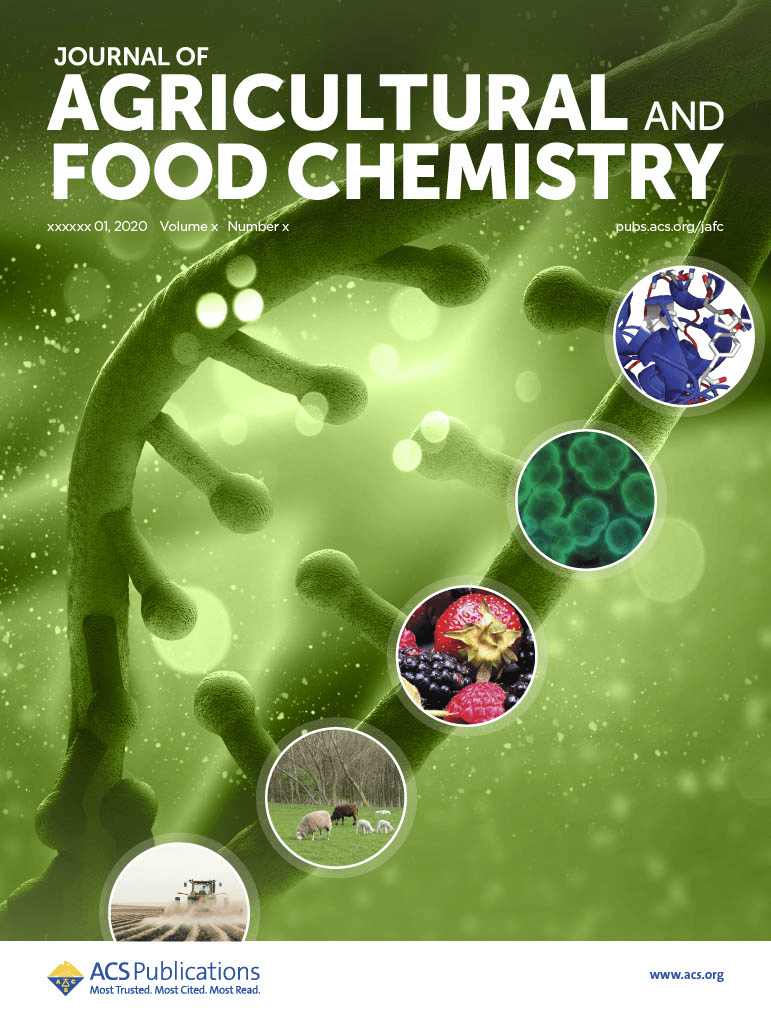Learn how chemists are transforming plants into bio-factories to produce essential animal-based nutrients like creatine and carnosine, potentially reshaping plant-based diets and workout supplements.

It is estimated that moving to plant-based diets could reduce food-related land use by 76%; cut greenhouse gas emissions, eutrophication, and water use; and provide substantial health benefits. Health concerns around plant-based diets often cite low protein intake as a barrier, but diets high in fruits, vegetables, legumes, whole grains, nuts, fish, and unsaturated vegetable oils—and low in animal products, refined grains, and added sugars—have been shown to be good for our health and our life expectancy.1 But to be fair, there is a significant divergence between plants and animals in the biosynthesis of certain amino acid derivatives, and this can represent a nutritional challenge for some essential substances such as creatine, carnosine, and taurine, which are synthesized exclusively by animals. We need these for diverse functions such as muscle strength, protection against oxidative stress, nerve function, endocrine health, and immunity—and insufficient intake can lead to health problems. Consequently, vegetarians often rely on nutritional supplements. Nutritional supplements are also useful in other scenarios, such as when people are suffering from muscle atrophy or weakness, or affected by diseases such as cancer. This includes new compounds that go beyond simple amino acids and appear capable of mimicking the physical boost of working out.
But the biosynthesis of animal products in plants represents a promising option, offering a sustainable way to enhance the nutritional value of plant-based diets. To test this idea, researchers in China have engineered a plant with a synthetic modular approach.2 The paper, published in the Journal of Agricultural and Food Chemistry, describes how Nicotiana benthamiana (a relative of tobacco commonly known as benth) can be used as a transient expression system to test a synthetic modular framework for the production of creatine, carnosine, and taurine. By designing and stacking specialized synthetic modules, they were able to redirect the plant’s metabolic flux to synthesise the amino acids of interest. Results revealed expression of a standalone creatine module produced 2.3 μg/g fresh weight of creatine in the leaves. When two modules were combined, the carnosine yield increased by 3.8 times without significantly affecting the plant’s normal amino acid metabolism. Unexpectedly, introducing the taurine module inhibited plant cysteine biosynthesis, revealing some of the complex adjustments plants make when new pathways are introduced.
These findings underline the potential for employing plants as biofactories for the sustainable production of essential nutrients of animal origin, or other traits that cannot be achieved through conventional breeding.

Engineering Plant Metabolism for Synthesizing Amino Acid Derivatives of Animal Origin Using a Synthetic Modular Approach
Further Explorations in Plant Engineering
Other groups have looked at improving the nutritional value of plants that we routinely eat already. One such endeavor is engineering brassica crops to optimize delivery of bioactive products such as glucosinolates that are traditionally lost during cooking.3 Glucosinolates are defensive, specialized metabolites derived from amino acids, classified into three categories based on the amino acid from which they are derived. While glucosinolates are relatively inert, they can be activated through hydrolysis by myrosinases, creating a variety of bioactive products such as isothiocyanates, nitriles, thiocyanates, epithionitriles, oxazolidin-2-thiones, and epithioalkanes. This time in ACS Synthetic Biology, researchers screened a panel of bacterial and plant glycosyl hydrolases for thermal stability in vitro and identified a myrosinase with higher thermal stability than those native to broccoli, making it more likely to achieve glucosinolate hydrolysis after cooking. Results confirmed that the transgenic broccoli enabled glucosinolate hydrolysis to occur when cooked at up to 20°C higher than wild-type broccoli.
The approaches are also interesting from an engineering perspective as well as a nutritional one. Synthetic biology seeks to apply formal engineering principles to the creation and examination of biological systems, and recent advances in this field have primarily used microbes as a platform.4 Extending these methods to plants presents difficulties, largely because of our limited knowledge of plant genetic networks and the added complexity introduced by their multicellular nature. However, they offer huge potential for food, medicine, and other agriculture and industrial applications. Marchantia polymorpha, a kind of liverwort, is emerging as a powerful and versatile system for synthetic biology. A team in the United Kingdom have built robust Loop assembly vector systems for nuclear and chloroplast transformation and genome editing within this species—creating the basis for a modular library of standardized DNA elements.4 Notably, the resources have been combined into a toolkit for plant bioengineering and made available for laboratories without access to traditional facilities for plant biology research. Perhaps this is the start of a revolution that will fuel a move to sustainable and nutritious plant-based diets.
References
1. Gibbs, J. and Cappuccio, F.P. Plant-Based Dietary Patterns for Human and Planetary Health. Nutrients 2022, 14, 8, 1614.
2. Jiang, L. et al. Engineering Plant Metabolism for Synthesizing Amino Acid Derivatives of Animal Origin Using a Synthetic Modular Approach. J. Agric. Food Chem. 2024, 72, 41, 22722–22735.
3. Barnum, C.R. et al. Engineering Brassica Crops to Optimize Delivery of Bioactive Products Postcooking. ACS Synth. Biol. 2024, 13, 3, 736–744.
4. Sauret-Güeto S, et al. Systematic Tools for Reprogramming Plant Gene Expression in a Simple Model, Marchantia polymorpha. ACS Synth. Biol. 2020, 9, 4, 864–882.
